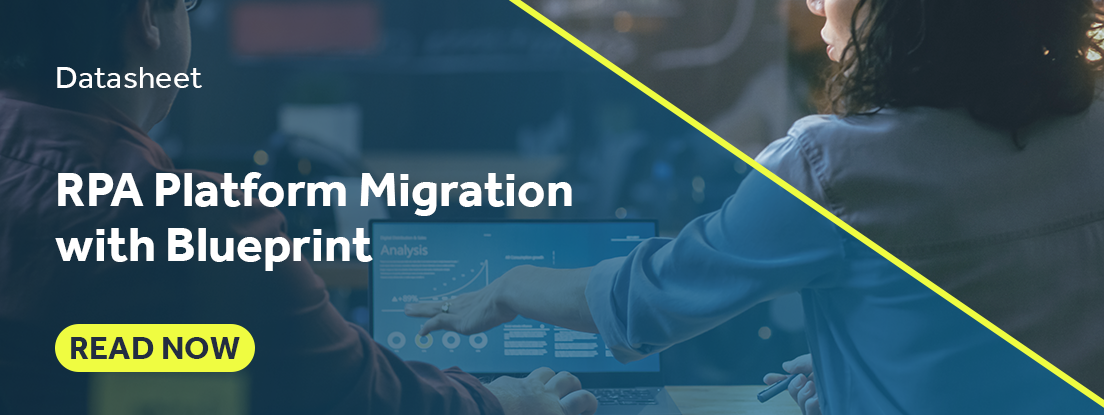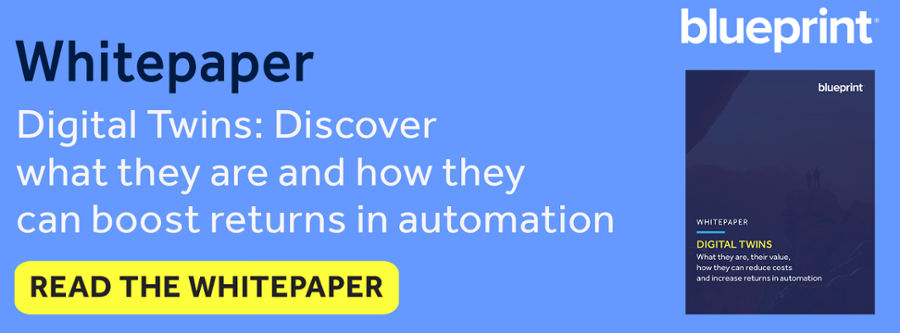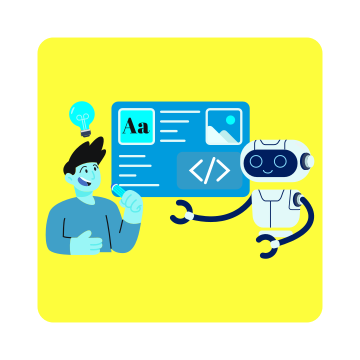5 Intelligent Automation Resolutions to Keep in 2023
It’s that time of year again. The time where personal resolutions are made and either quickly broken or followed with rigid determination and commitment.
While resolutions are normally crafted for personal guidance, they can be great markers to keep you motivated and accountable, so why not extend them to your automation practice as well? With that in mind, these are our automation resolutions for 2023 that you should keep in order to take your RPA program to new levels.
#1 - Migrate your RPA Estate onto a Next-Generation RPA Platform
According to Blueprint research, there is an ever-growing interest in migrating RPA estates from legacy RPA platforms that are expensive and technically complex, onto next-generation intelligent automation solutions like Microsoft Power Automate.
In fact, according to our research, 74% of organizations still on the RPA tool they began their automation journey on are either considering, or in the process of switching to another automation platform. The majority of respondents report that Microsoft Power Automate is their favored destination.
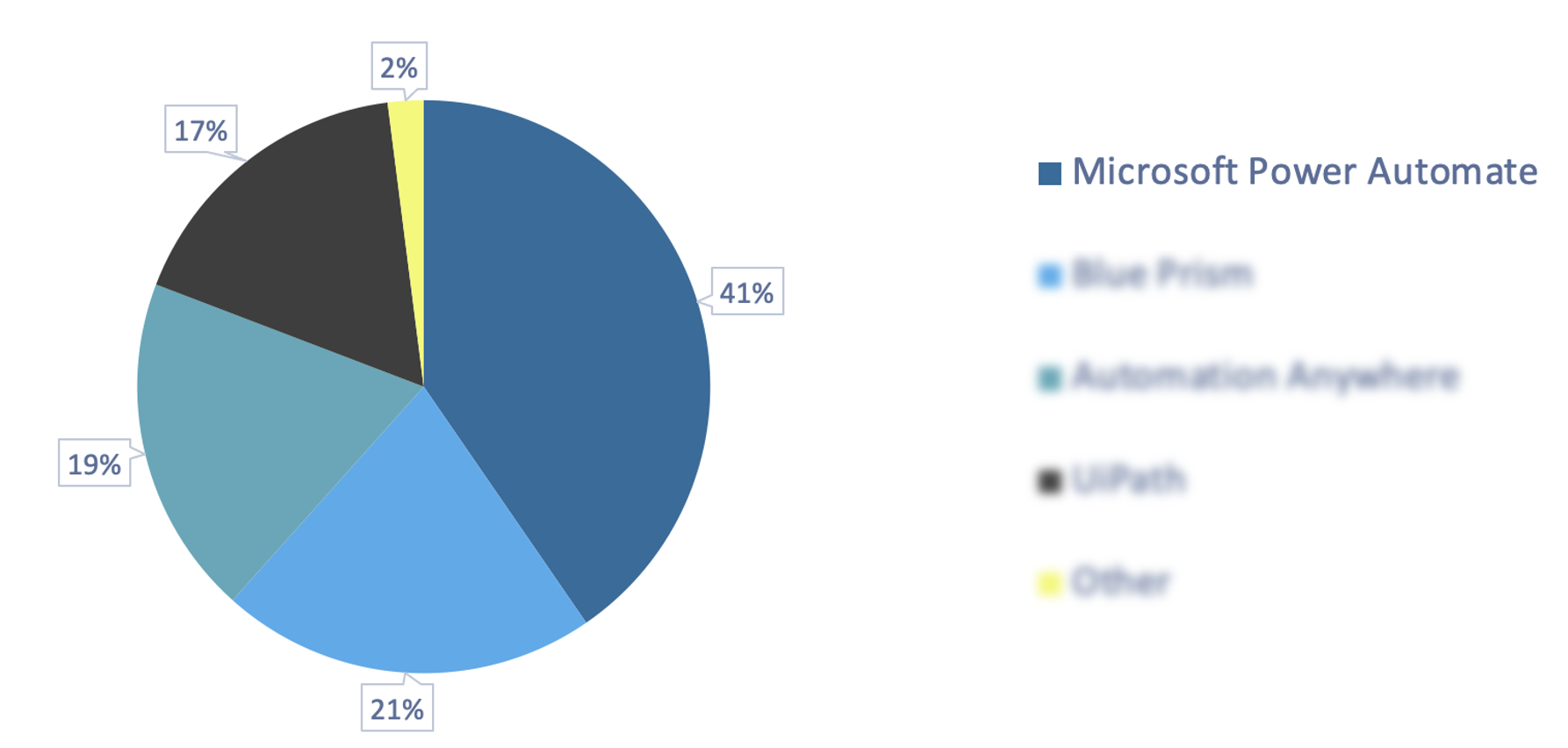
There are several reasons driving the interest to migrate RPA estates onto a new automation platform ranging from a desire to access better features and capabilities, reduce licensing costs, and simplify automation design and delivery to unlock a citizen development approach, just to name a few.
Even though the market has seen many RPA migrations as a result, there are barriers to switching automation providers that prevent organizations from following through with their desire to switch RPA platforms. The main one being that it can be a very expensive and labor-intensive exercise that is predominantly performed manually. Because RPA platforms specify process automations differently, entire RPA estates need to be re-built from scratch. For example, a moderately-complex automation can cost up to $20,000 and take up to 4-6 weeks to migrate.
With purpose-built solutions like Blueprint that automatically migrate and map your automations into your destination RPA platform saving you 60-75% of your time and costs, you can finally migrate your RPA estate in 2023 while keeping your budget low and project timeline short, making this one resolution you can definitely keep.
#2 - Assess Your Automation Estate
Many automation practices started years ago on legacy RPA technologies with original stakeholders that may or may not still be with those organizations. As a result of turnover, a lot of knowledge about automation programs have walked out the door because of poor documentation practices and a lack of governance.
The result is that many organizations don’t really know what they have in their RPA estates. Waste and redundancy have slowly built up, diminishing returns and essentially burning resources. We’ve found that on average, 30% of automation estates are redundant. That means if you’re spending $1 million on operating costs for your automation practice, that’s $300,000 that could be going down the drain.
An automation assessment enables you to finally:
- understand what you have in your RPA estate
- how complex your automated processes are
- where your automations could be refactored to reduce complexity and mitigate future outages
- where there might be redundancies that could be eliminated to reduce costs,
- and which automated processes aren’t delivering adequate business value and can be retired to get the most out of your automation investment and effort.
#3 - Implement Intelligent Automation
The majority of organizations that have adopted automation have predominantly focused on task-based automation—automating simple, rule-based, swivel-chair processes. Next-generation intelligent automation solutions like Microsoft Power Automate enable you to start tackling end-to-end, complex, decision-based business processes where the real ROI lies.
Implementing machine learning and artificial intelligence with Power Automate’s AI Builder has never been easier, making 2023 the year you can keep that resolution of finally adding intelligent automation into your RPA practice.
#4 - Adopt the use of Digital Twins in your Automation Practice
Digital Twins have been abundantly used for decades in engineering and manufacturing, delivering substantial benefits and results. Now, automation has set its eyes on benefitting from this technology.
A digital twin for your automated processes provides a digital representation for your automations, delivering accurate, ever-green documentation in addition to real-time data to always monitor and track the health of your RPA estate and the business value it’s delivering. While it can still be categorized as an emerging technology, especially when considering its use in automation, maintaining a resolution to be an early adopter of digital twinning in automation would be incredibly beneficial and boost returns, governance, and minimize automation outages and maintenance.
#5 - Reduce the Total Cost of Ownership for Your Automation Practice
Increasing returns from your automation practice while reducing the total cost of ownership (TCO) would undoubtedly be a perennial resolution if automation programs followed the custom of making a yearly wish list.
Each prior resolution on this list folds up into this one:
- By migrating your RPA estate to a next-generation, cost-friendly, and integrated intelligent automation platform like Microsoft Power Automate, you would naturally reduce TCO
Learn More: 5 Ways Microsoft Power Automate Reduces Costs - Assessing your automation estate would eliminate redundancies, waste, and under-performing automations, further reducing costs
- Implementing intelligent automation with AI and machine learning would increase efficiency and boost returns
- Using digital twins to consolidate and measure your RPA estate would relieve heavy maintenance costs
It’s a new year, which means a fresh start and an open runway to take your automation practice where you want it to go. With purpose-built technology like Blueprint, 2023 is the year you don’t have to break those lofty resolutions, because now, they’re easily attainable.
Share this
Recent Stories

What is a Microsoft MVP and How Can They Help You Improve Your RPA Practice?
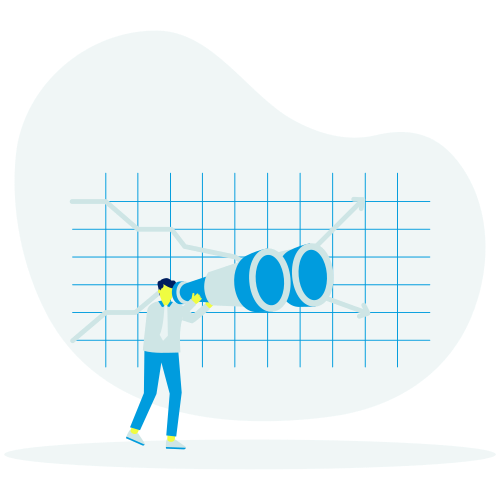
From AI to Lifecycle Management: 6 Trends Shaping RPA in 2025


